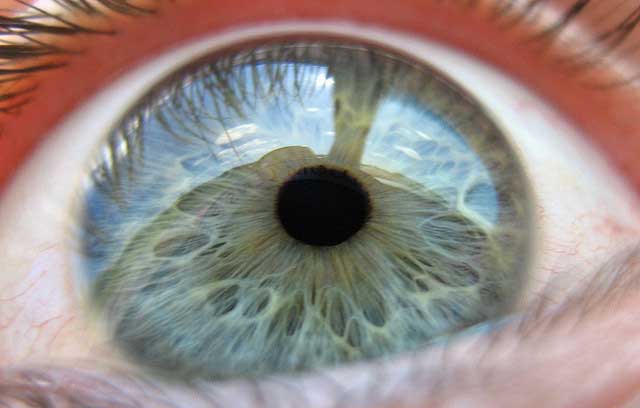
The department of computer science and informatics at the University of the Free State in Bloemfontein is claiming a breakthrough in “eye-tracking” technology.
Team leader Pieter Blignaut says the department has succeeded in developing a “high-quality eye tracker at a fraction of the cost of imported devices”.
Eye-tracking technology uses a tiny infrared light that shines on the eye and causes a reflection that is picked up by a high-resolution camera. Every eye movement causes a change in the reflection, which is then mapped. The department says infrared light is not harmful to the eye and is not even noticed by the user, meaning eye movement is completely natural.
Based on eye movements, a researcher can study cognitive patterns, driver behaviour, attention spans, even thinking patterns, the university says in a statement. “A disabled person could use their eye movements to interact with a computer, with future technology (still in development) that would allow that computer to control a wheelchair or operate machinery.”
Another use is in marketing, to find out what people are looking at when they see an advertisement, for example, or when they are wandering along a supermarket aisle.
“The eye tracker measures where people look first, what attracts their attention, and what they look at the longest,” the department explains. “It is used extensively in developed countries to predict consumer behaviour, based on what — literally — catches the eye.
“Psychologists, therapists and educators can also use the device for a number of applications, such as analysis and education. And it can be used by disabled people to use a computer and thereby operate a number of devices and machines. Impaired or disabled people can use eye tracking to get a whole new lease on life.”
Along with the hardware, the department has also developed specialised software for a number of applications that would be useful in graphic design, marketing, analysis, ophthalmology, radiography, and occupational and speech therapy.
“We have a basic desktop model available that can be used for research, and can be adapted so that people can interact with a computer,” Blignaut says. “It will be possible in future to design a device that would be able to operate a wheelchair. We are working on a model incorporated into a pair of glasses that will provide gaze analysis for people in their natural surroundings, for instance when driving a vehicle.”
Imported models are prohibitively expensive, Blignaut says. “With our system, the technology is now within reach for anyone who needs it.”
The University of the Free State recently founded an eye-tracking interest group in South Africa. Details about the group can be found on its website. – (c) 2013 NewsCentral Media

